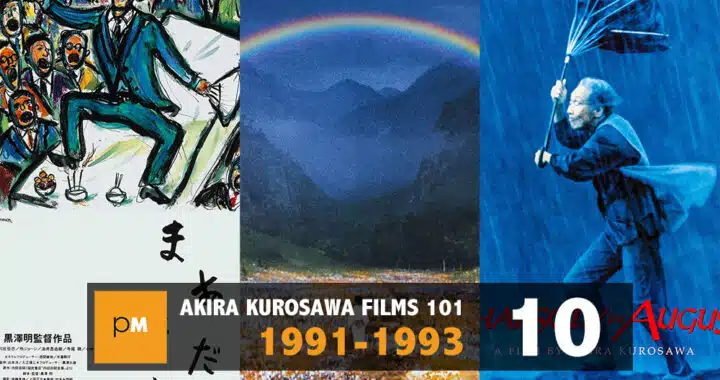
Akira Kurosawa Films 101: 1991 – 1993
Today we end our examination of every Akira Kurosawa film. After the ambitious epic Ran, Kurosawa embarked a three smaller but more personal films.
There are few ways to overstate the importance of Akira Kurosawa to world cinema today. Kurosawa was not just a great director — there are lots of those — but one who helped to shape how movies are made around the world. Unapologetically blending Western filmmaking techniques with Japanese tradition, Kurosawa not only introduced the world to Japanese cinema but made staggering contributions to the language of cinema while doing so. Ever an innovator, Kurosawa’s influence is still being felt today, and PopMatters is proud to present this Director’s Spotlight on one of the most complicated, enduring, and influential voices in world cinema. Over the next two weeks, we’ll bring you short essays on each film in Kurosawa’s prolific body of work, as well as in-depth essays on the style and substance of his legacy as a whole. We hope you enjoy it. — Ian Chant

Today we end our examination of every Akira Kurosawa film. After the ambitious epic Ran, Kurosawa embarked a three smaller but more personal films.
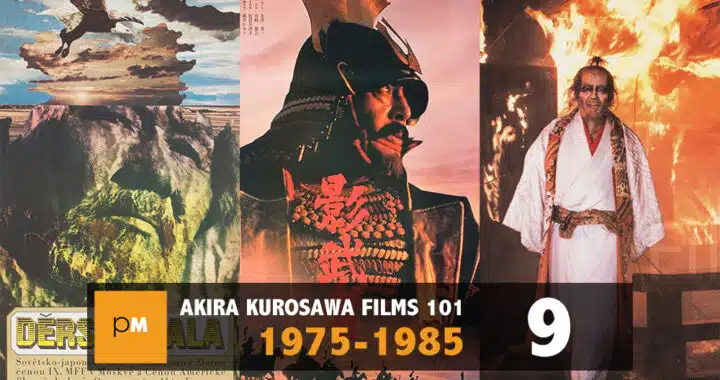
These films represented Akira Kurosawa’s ascendance to greater international acclaim, while he struggled to find financing in Japan, where the movie industry was shriveling.

There are striking differences between Kurosawa’s earlier and later films, including in the different ways people have responded to these two groups of films.

These three Kurosawa films represent the end of one phase of his career and the beginning of another. High and Low is a police procedural that is regarded as one of his greatest films, while Red Beard represented the end of his so-called “Creative Period”.

Akira Kurosawa walked a fine line in his treatment and portrayal of women in his films, and he didn’t always walk it without stumbling.
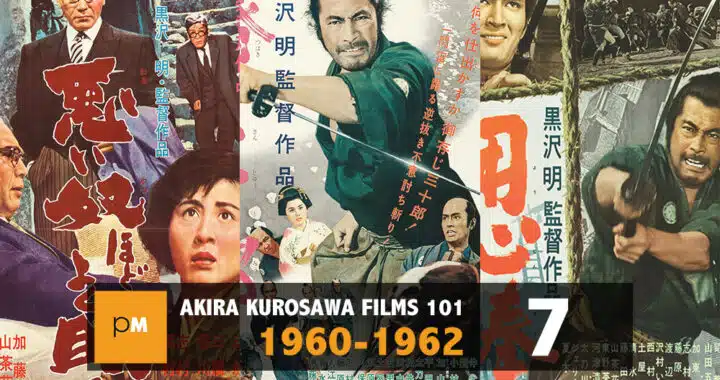
Today’s Kurosawa 101 covers three of his most popular and accessible films Yojimbo and Sanjuro, as well as arguably his most earnest, The Bad Sleep Well.
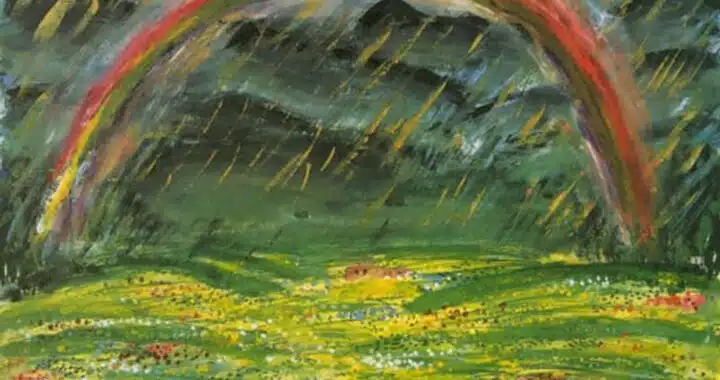
As a painter and filmmaker, Akira Kurosawa stuck to his own style, informed heavily by traditional Japanese painting as well as European impressionists and expressionists, another arena of art where he answered to both Eastern and Western influences.
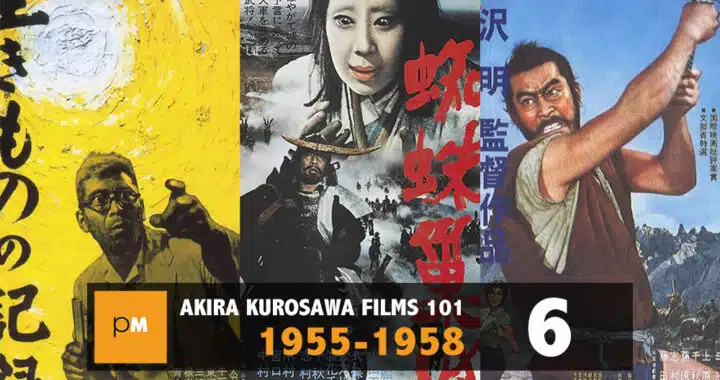
After creating two masterpieces in Ikiru and Seven Samurai, Kurosawa put his genius on display on three more brilliant films that were unlike anything he had previously done.

Today’s Kurosawa 101 focuses on what’s generally regarded as the greatest Japanese film ever made and perhaps the greatest in world film: Seven Samurai.
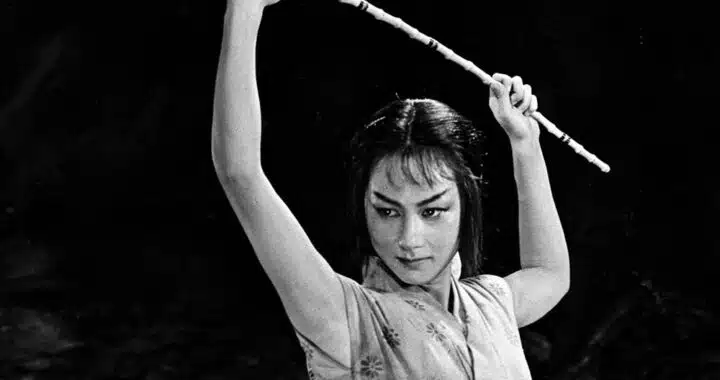
When Akira Kurosawa made the conversion to a wider screen, he did so by making six consecutive films in widescreen, with a degree of success as resounding as it was influential.

Today’s Kurosawa 101 explores two of the greatest films in Kurosawa’s catalog, Rashomon — the film that made Kurosawa and Japanese cinema known throughout the world — and Ikiru — perhaps the greatest film ever made about impending death.

Today’s Kurosawa 101 films include the director’s only effort at bringing a contemporary Japanese stage play to the screen (the rarely seen The Quiet Duel), a police procedural that was the finest Kurosawa film to date (Stray Dog), and a scree against tabloid journalism that resulted in one of the weakest films he would ever direct (Scandal).